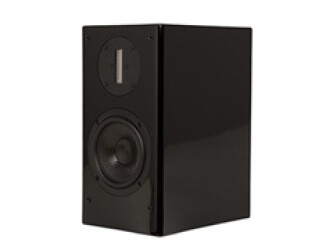
Ribbon Speakers - The Operating Principles of Loudspeakers - Part 4
LearningIn the previous article we discussed compression drivers and acoustic horns. Today we'll focus on a technology whose patent was issued in the 1920s and widely used for microphones. However, its usabi…
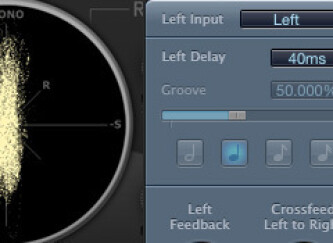
Using Delay to Broaden Your Horizons - A guide to mixing music - Part 89
LearningAfter having explored depth with reverb, we will now move into another topic that is just as important during mixdown: width.

Producer Andrew Wade shares his mixing and guitar-recor… - Studio Tips from The Big Boss
LearningAndrew Wade (aka “The Big Boss”) knows a little something about guitar recording. Wade is a producer/engineer/songwriter who has focused heavily on the pop-punk/Emo genres and has produced music (inc…
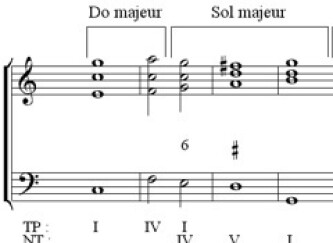
Modulate It! - Harmony Basics - Part 17
LearningIn the previous articles... Yes, I know I often begin my articles this way but it's simply because I like things to make sense chronologically.
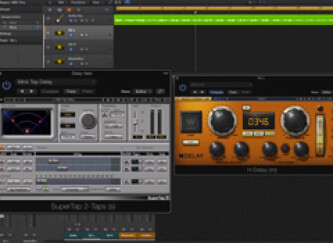
Using Delay Instead of Reverb - A guide to mixing music - Part 88
LearningIn this installment, I'll show you how to use delay instead of reverb to reinforce the sonic cohesion of your mix.
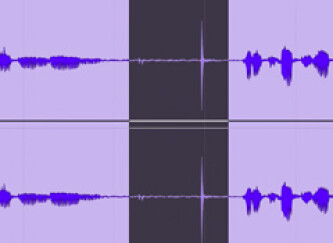
How to edit spoken-word audio for podcasts, video and m… - Video: Spoken-Word Editing Tips
LearningIn this video, we offer a variety of tips for editing spoken-word audio content for a variety of situations.
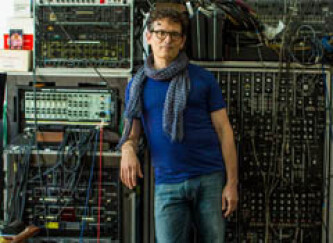
An interview with producer Michael Beinhorn - Unlocking Expressivity
Interview / PodcastProducer, musician, artist, painter… Our guest today is someone who has always been looking for a way to let Art be expressed in every piece of music he has worked on. Primarily known and renown for …
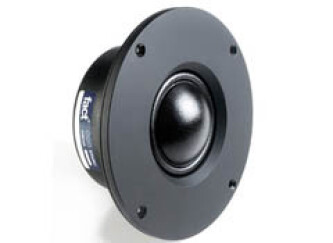
Drive it Home - The Operating Principles of Loudspeakers - Part 3
LearningTo finish with this overview of the most widely used type of speaker, we'll discuss electrodynamic cone models. To improve the performance in the high frequencies, the cone is usually replaced with a…
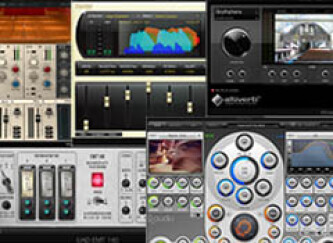
Top 5 reverb plug-ins for giving your mixes professiona… - My Favorite Reverb Plug-Ins
LearningOne of the most useful audio plug-in types in any computer-based studio toolbox is reverb. In this article, I’ll look at my five current “go-to” reverb plug-in choices. But first, a little background.
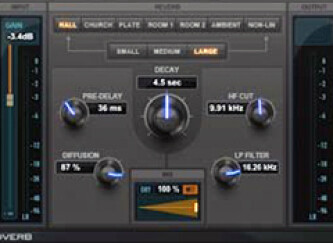
Slapback and Doubling with Delay - A guide to mixing music - Part 87
LearningThis time around, we'll look at two "classic" uses of the delay effect.

Multitalented producer Greg Wells talks about his craft… - Producing for the Art of It
LearningAlthough he spent most of his childhood playing and studying music, it wasn’t until Greg Wells was 18 that he got bitten by the recording bug. “I got my parents to co-sign a loan, and I bought a Mac …

The Last Note - Recording a clean ending is not as simple as it may seem
LearningWhen recording an ensemble or just overdubbing one instrument, there's one part of the song that gets very little attention: right after the very last chord or note has been struck. Especially if the…

Of Suspensions and Magnets - The Operating Principles of Loudspeakers - Part 2
LearningWe started this series by describing the cone diaphragm of an electrodynamic speaker. It obviously plays an important role in the final quality of a speaker, as the radiating element, but it's far fr…
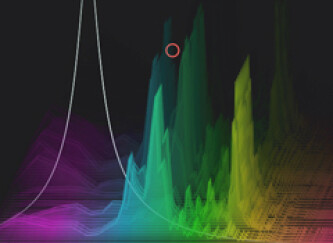
The Use of Delay - A guide to mixing music - Part 86
LearningAfter closing the chapter dedicated to the use of reverb during mixdown, we will now focus on a relatively similar topic: delay.
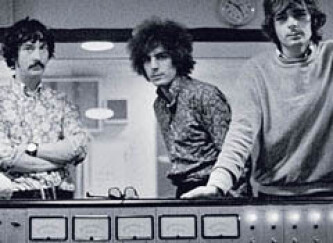
We interview the author of “The Great British Recording… - The Golden Age of British Recording
Interview / PodcastIn the early 1960s, at the beginning of the British Invasion, the studio scene in England was thriving, but the British studios used different gear and got a very different sound than their U.S. coun…





